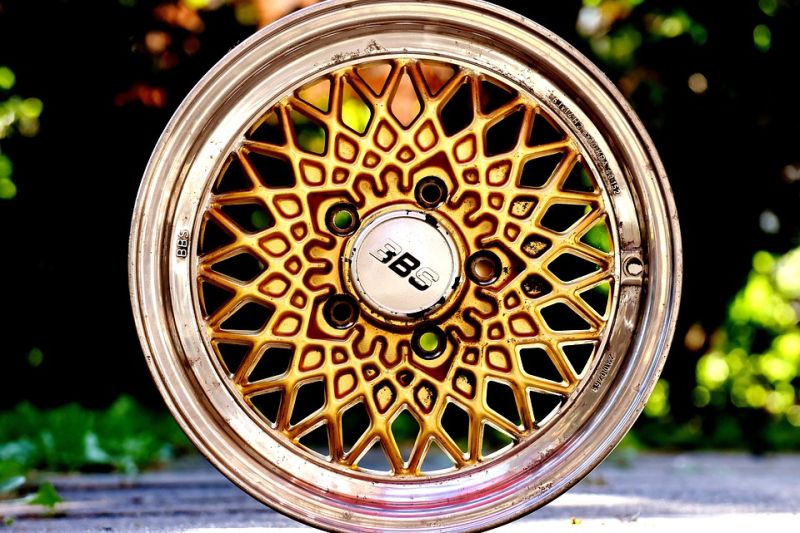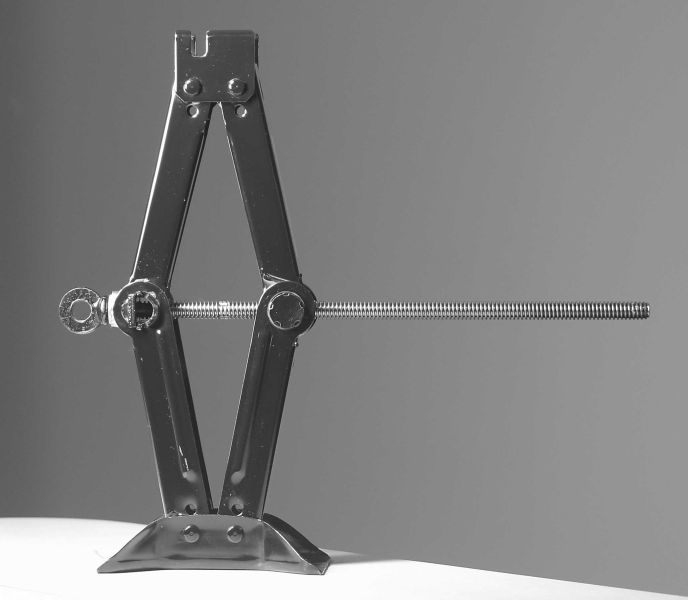Rims are the most notable part of a vehicle; and are just like a fine pair of shoes. They give your car character and pizzazz. Let’s be honest, cars with stock rims look half as appealing than cars donning flashy and striking aftermarket rims. Surprisingly, many car owners are oblivious to the fact that rims serve a more important purpose other than aesthetics. Rims have a significant impact on a cars performance and handling.

Changing the rims of your car is not only a useful way of improving your car’s appearance but also a practical way of improving the performance of your vehicle. Choosing the correct aftermarket rims for your car is not rocket science; however, it can turn out to be a nightmare especially if you lack some background knowledge about rims. It is important to understand
- What exactly is a rim?
- How do you perfectly match rims to tires?
- How to choose the correct rim size
This article will help you answer all the questions you have about rims, and how to choose and replace a rim correctly.
First of all, some terminology: What is a rim?
Many vehicle owners confuse rims and wheels as the same vehicle part. Due to this, it can be very confusing to choose the right rims for the car if you are planning to change them. Understanding the real meaning of a rim; is the first step towards successfully buying the perfect rim for your car.
The Difference Between the Rim and Wheel?

The rim is the outmost part of a car’s wheel, and its purpose is to support and hold the tire firmly in place. It connects the tire with the rest of the wheel hub via spokes, which allows the tire to rotate freely. The wheel is the metal disc that contains the spokes and a precise bolt pattern where the lug nuts attach the wheel to the vehicle’s hub.
Perfectly Matching Rims and Tires
If you desire to get aftermarket rims while retaining your original tires, it is essential to ensure that you choose new rims that match your tires perfectly. You have to keep in mind factors like
- The diameter of the rim should be the same width as your tire.
- In addition to this, you should also pay attention to your rim’s bolt pattern. Your car usually has a specific set of bolts for fastening the wheels, so your aftermarket rims should also have a similar bolt pattern to ensure compatibility.
Enhancing Vehicle Performance with New Rims
As we stated earlier your rims plays a considerable role in the general handling of your vehicle. The size of your rims and its material has a drastic impact on the way your vehicle rides.
Rim Size

Increasing the diameter of your rim decreases the tire’s sidewall. A shorter sidewall improves the overall grip of the tires on the road, improving the vehicles steering response and handling. Larger rims ensure greater stability and perfect handling especially around corners
Note: When increasing rim size, it is advisable to leave enough space to ensure the tire rotates freely without hitting the fender. Also increasing the radius of both the rim and tire will slow down your car, and also decrease anti-lock braking efficiency
Rim Material
Most rims are cast out of steel or aluminum. Aluminum rims are mostly an alloy of aluminum and other stronger metals. Aluminum rims weigh lesser than steel rims, making them more preferable when it comes to top fuel efficiency. Steel rims are heavier, making them more durable; however, they provide a less comfortable ride.
Rim Style
There are millions of custom rim designs to choose from. Aftermarket rim manufacturers design and create various rim styles in different colors and spoke patterns. Chrome rims make your car more noticeable with its flashy shine; black rims provide your vehicle with a cool curbside appeal. Red rims provide your car with a flashier and customized look.
Fitting large rims can also improve your cars visual appeal. Cars with large rims are more eye-catching and provide a neater look. Large rims are also perfect for SUVs and large trucks, as they provide a more commanding look while on the road
Installing Your New Rims

Step 1 – Preparation
Using your car jack lift the car and then deflate the tire(s) you want to work with.
Step 2 – Remove the old rims
With the help of a torque wrench remove the bolts that the rims to the wheel.
Step 3 – Attach the new rims
Clean the inside tube and the tire and then attach the new rim. While tightening the bolts ensure you don’t damage the hub centric ring of the wheel.
Step 4 – Re-inflate the tires
Using an air compress Re-inflate the wheel.
Step 5– Test the new rims
Test-drive your vehicle at minimum speed to test if the wheel and rim are aligned perfectly. You also need to check for any unusual sounds.
Conclusion
Installing aftermarket rims on your ride will spice up your car, giving you the new-car excitement; but choosing rims is more than picking out a style you like. There are many factors to consider when changing a car’s rims, especially on modern automobiles. Before purchasing your new set of rims, it’s advisable to understand the tradeoffs. Do you prefer enhanced handling? Or; are you willing to sacrifice car performance for aesthetics?
Your choice can affect your cars steering, tire lifespan, and traction. Therefore, it is better to have a basic understanding of fitting new rims since choosing the wrong setup of rims, could alter your ride quality.
Article Submitted By Community Writer



